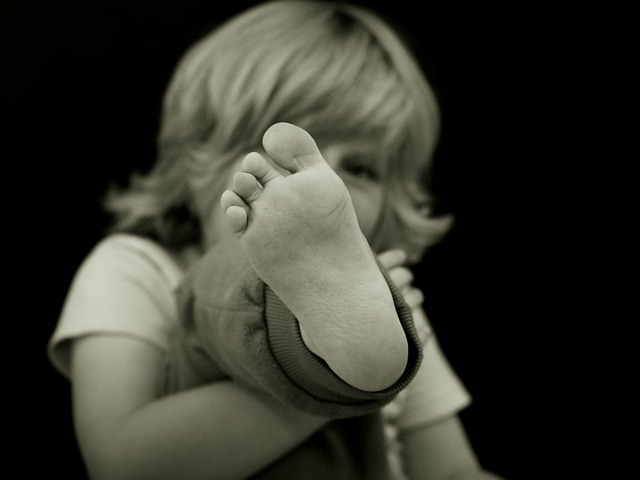 Do you feel that?
Do you feel that?
When you have verruca on your feet, every step feels like you are walking on a small stone.
I know, you are certainly not short of options to get rid of your warts.
The key questions are:
How do you know when a verruca is dying, healing, or totally dead and gone after treatment?
What does a wart look like during these stages?
Treatment of Plantar Wart in its Beginning / Forming Stage
Verrucas, also known as plantar warts or foot warts, are rough and cauliflower-like bumps that develop on the soles of feet. This type of wart can be painful because of its location on weight-bearing areas of foot, especially when you are walking.
Apart from going through invasive medical procedures such as electrosurgery and curettage to have the wart removed surgically, other adopted methods will always require some time for HPV wart to gradually die off.
If you are making use of a topical solutions / creams like the popular Warticide and Wart Mole Vanish, the appearance of the wart may start changing after some days, with its surface may likely change to white or gray color.
According to the University of Colorado, such wart area should be scraped off with the use of a metal nail file. This should be done every two or three days.
The scraping should be carried out after a shower or bath, with most people have discovered that hot and long baths can go a very long way in hastening the process of removal, because the dying skin layer on the wart will be softened.
If you are making use of the tub, all that you will need to do is use emery board or pumice stone to gently rub the wart on feet, but this process sometimes hurt.
When the skin layer is dead, medication should be applied to ensure the continuation of its penetration into deeper skin area. Every bit of dead verruca tissue should be removed so that the medicine can get into the tissues which are living underneath.
There are times when you may not be able to stand or even walk during the time of treatment. What you need to do is make use of a pad like Dr Scholl’s foot and shoe padding. Cut hole(s) on it corresponding to where the plantar warts are. This will help to remove some pressure off so that you don’t feel the pain or discomfort when walking or standing.
To save your time, there are also ready-made foot wart cushion pad and relief kits that are available over the counter, such as Dr. Scholl’s Clear Away wart remover medicated disks.
Wart Dying Stages: When to Stop Treating a Verruca?
That you aren’t feeling any pain doesn’t imply that warts have been completely gotten rid of, as a wart that is not painful doesn’t mean it is dead. At such point, once treatment is stopped, there is the likelihood that the wart virus can spread to other areas.
It is important for us to know the characteristics and stages of a dying wart from healing after treatment until it is completely dead and gone. This is because it is always very risky attempting not to continue treatment on a wart which is dying. It doesn’t need hundreds of virus cells to keep spreading as only one is enough.
So how do you know when a verruca is dying after treatment, and what does it look like?
When the color of a foot wart is becoming black or white (eg. after freezing), it is a sign that the verruca is gradually dying, with such wart is no longer getting adequate blood supply. Another way to identify a dead plantar wart is that it will get contracted and dried up. It will be shrinking and continuously disintegrating.
Most of the time, after undergoing the treatment process of verruca, the pain being felt is likely to subside. When the pain tends to be resolving, then the same thing likely applies to the healing plantar warts. When the healing process is taking place, there is likely to be changes in skin pigmentation around the affected area, with the skin pigment returning to normal.
How Do You Know When a Plantar Wart is Dead and Gone?
After some time of therapy, the verruca affected skin area on foot is scabbed up, then the plantar wart scabs will fall off. There is likely to be a hole at the bottom of your foot where verruca will come out from. The hole may be painful but the virus is gone. Within a matter of days, the hole should get healed.
Search for skin lines which are similar to what you will find in any fingerprint. Whenever warts are still alive, they will disturb those normal lines of the skin. Whenever the skin lines are reconstituted, it is a clear sign that the plantar warts are gone.
If there happens to be any line interruptions, it simply implies that the warts are not totally dead yet, and thus you should continue the treatment until it is gone.
The video below shows the stages of a verruca treatment, with the pictures of plantar wart healing / dying process until it started falling out, became dead and gone.